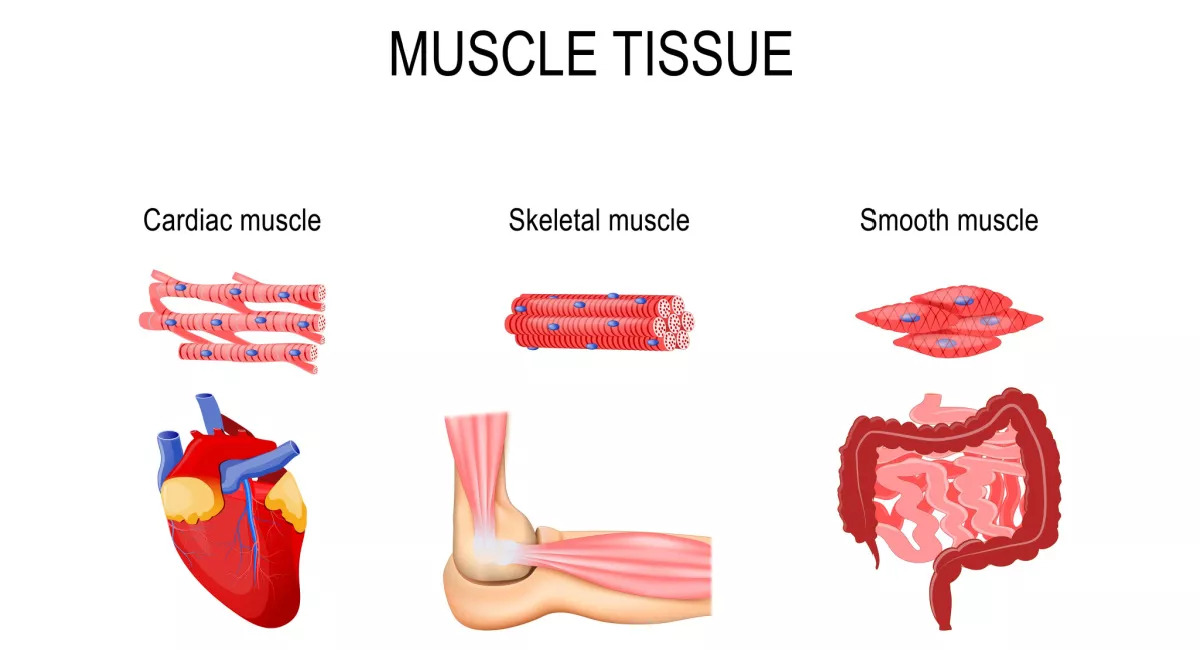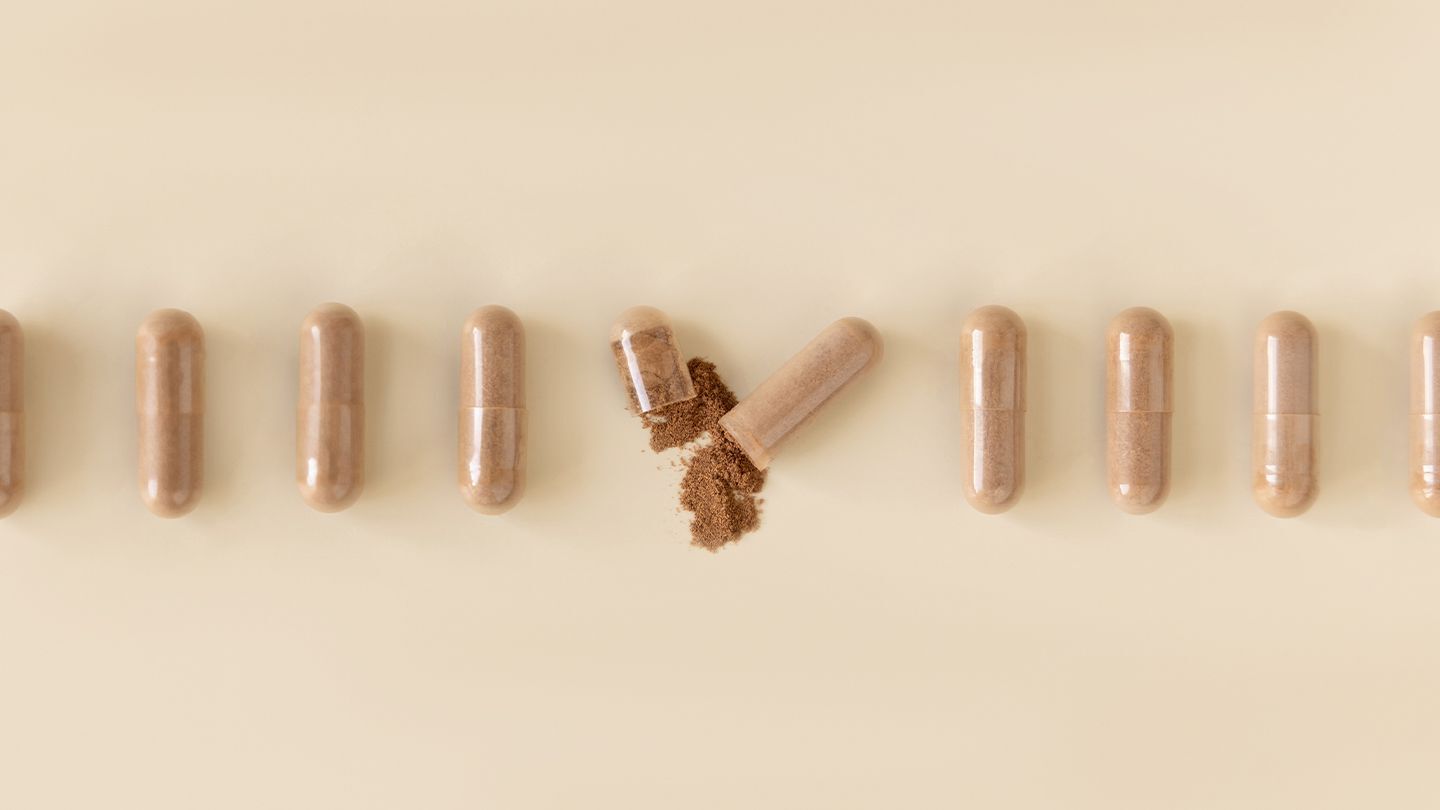
Muscle tissues are an integral part of our bodies, responsible for movement, strength, and stability. These incredible tissues hold numerous enigmatic facts and mysteries that have fascinated scientists and researchers for ages. From their unique structure to their exceptional ability to contract and relax, muscle tissues play a crucial role in our daily activities. Whether you’re an athlete, a fitness enthusiast, or simply curious about the inner workings of the human body, delving into the world of muscles is truly captivating and intriguing. In this article, we will explore 15 enigmatic facts about muscle tissues that will leave you with a deeper appreciation for the marvels of biology and the wondrous capacities of these remarkable tissues.
Key Takeaways:
- Muscle tissues are essential for movement and body function. They come in three types, each with its unique role. Regular exercise helps them grow stronger and adapt to movements, while diseases can negatively impact them.
- Muscle tissues make up a big part of our body and help us move, stay balanced, and even regulate body temperature. They have a cool “muscle memory” and can repair themselves when damaged.
Muscle tissues are a vital component of the human body.
Without muscle tissues, we wouldn’t be able to move or perform any physical tasks. They allow us to walk, run, jump, and perform various other activities.
Muscle tissues are composed of specialized cells called muscle fibers.
These fibers are elongated and contractile, enabling them to generate force and produce movement.
There are three main types of muscle tissues in the body.
These include skeletal muscle, cardiac muscle, and smooth muscle. Each type has its unique structure and function.
Skeletal muscles are responsible for voluntary movements.
They are attached to bones through tendons and enable us to control our body movements consciously.
Cardiac muscles are exclusive to the heart.
Unlike skeletal muscles, cardiac muscles contract involuntarily and continuously to pump blood throughout the body.
Smooth muscles are found in the walls of organs and blood vessels.
They contract involuntarily to regulate the flow of substances and maintain organ function.
Muscle tissues contain proteins called actin and myosin.
These proteins work together to facilitate muscle contraction by sliding past each other.
Muscle tissues have an incredible ability to adapt and grow stronger.
Through regular exercise, muscles can increase in size, strength, and endurance.
Muscle tissues require a constant supply of oxygen and nutrients.
They receive these through a network of blood vessels that deliver the necessary substances.
Muscle tissues have a unique property called “muscle memory.”
When a specific movement is repeatedly performed, muscle tissues adapt and become more efficient at executing that movement.
Muscle tissues account for approximately 40% of the total body weight in an average adult.
This makes them one of the most significant contributors to overall body mass.
Muscle tissues play a crucial role in maintaining posture and stability.
They provide support to the skeletal system and help keep the body balanced.
Muscle tissues can generate a considerable amount of heat.
During contraction, muscles produce heat, which helps regulate body temperature.
Certain diseases and conditions can negatively impact muscle tissues.
These include muscular dystrophy, myopathy, and atrophy, which can lead to muscle weakness and loss of function.
Muscle tissues have incredible regenerative abilities.
When damaged, they can repair and regenerate themselves, allowing for recovery after injuries.
Conclusion
In conclusion, muscle tissues are remarkable structures that play a vital role in our bodies. They enable us to move, perform physical activities, and even perform essential bodily functions. Understanding the enigmatic nature of muscle tissues can help us appreciate their complexity and importance.From the different types of muscle tissues to the mechanism of muscle contractions, there is much to discover and explore. The unique characteristics of skeletal, smooth, and cardiac muscles offer fascinating insights into the functioning of our bodies.Furthermore, the adaptability of muscles, their ability to regenerate and grow stronger through exercise, highlights the incredible capabilities of our bodies. Investing in proper nutrition and exercise can help us optimize the potential of our muscle tissues and lead to a healthier, more active lifestyle.Next time you flex your muscles or engage in physical activity, take a moment to marvel at the intricate workings of your muscle tissues. They are truly phenomenal structures that deserve our attention and care.
FAQs
1. What types of muscle tissues are there?
There are three types of muscle tissues: skeletal, smooth, and cardiac muscles. Skeletal muscles are responsible for voluntary movements, while smooth muscles control involuntary activities like digestion. Cardiac muscles are found only in the heart and are responsible for its rhythmic contractions.
2. How do muscle tissues contract?
Muscle tissues contract through a process called sliding filament theory. It involves the interaction of actin and myosin, two proteins found in muscle fibers. When calcium ions are released, they bind to troponin, which causes a change in the shape of actin, allowing myosin to bind and form a cross-bridge. This repeated binding and releasing of myosin results in muscle contractions.
3. Can muscle tissues regenerate?
Yes, muscle tissues have the ability to regenerate. When muscle fibers are damaged, satellite cells, a type of stem cell, are activated and fuse to the existing muscle fibers. This process helps the muscles repair and regrow, allowing them to regain their strength.
4. How can I strengthen my muscle tissues?
Regular exercise, especially resistance training, can help strengthen muscle tissues. By gradually increasing the intensity of your workouts and providing adequate nutrition, you can stimulate muscle growth and improve their overall strength.
5. Can muscle tissues atrophy?
Yes, muscle tissues can atrophy, or shrink in size, due to a lack of use or certain medical conditions. This can result in muscle weakness and a decrease in overall muscle mass. Regular physical activity is essential to prevent muscle atrophy and maintain muscle health.
Muscle tissues hold countless mysteries waiting to be explored. Beyond the enigmatic facts presented here, you can delve deeper into the extraordinary world of muscle tissue, uncover the nutritional secrets of Beachbody Recover, and understand the consequences of inadequate calorie intake. Each topic offers a unique perspective on the intricate workings of our bodies, providing valuable insights for maintaining optimal health and performance. Don't miss the opportunity to expand your knowledge and appreciate the remarkable capabilities of your own physique.
Was this page helpful?
Our commitment to delivering trustworthy and engaging content is at the heart of what we do. Each fact on our site is contributed by real users like you, bringing a wealth of diverse insights and information. To ensure the highest standards of accuracy and reliability, our dedicated editors meticulously review each submission. This process guarantees that the facts we share are not only fascinating but also credible. Trust in our commitment to quality and authenticity as you explore and learn with us.


